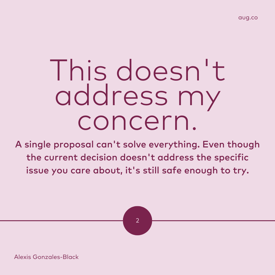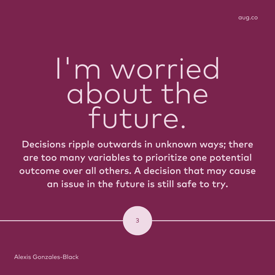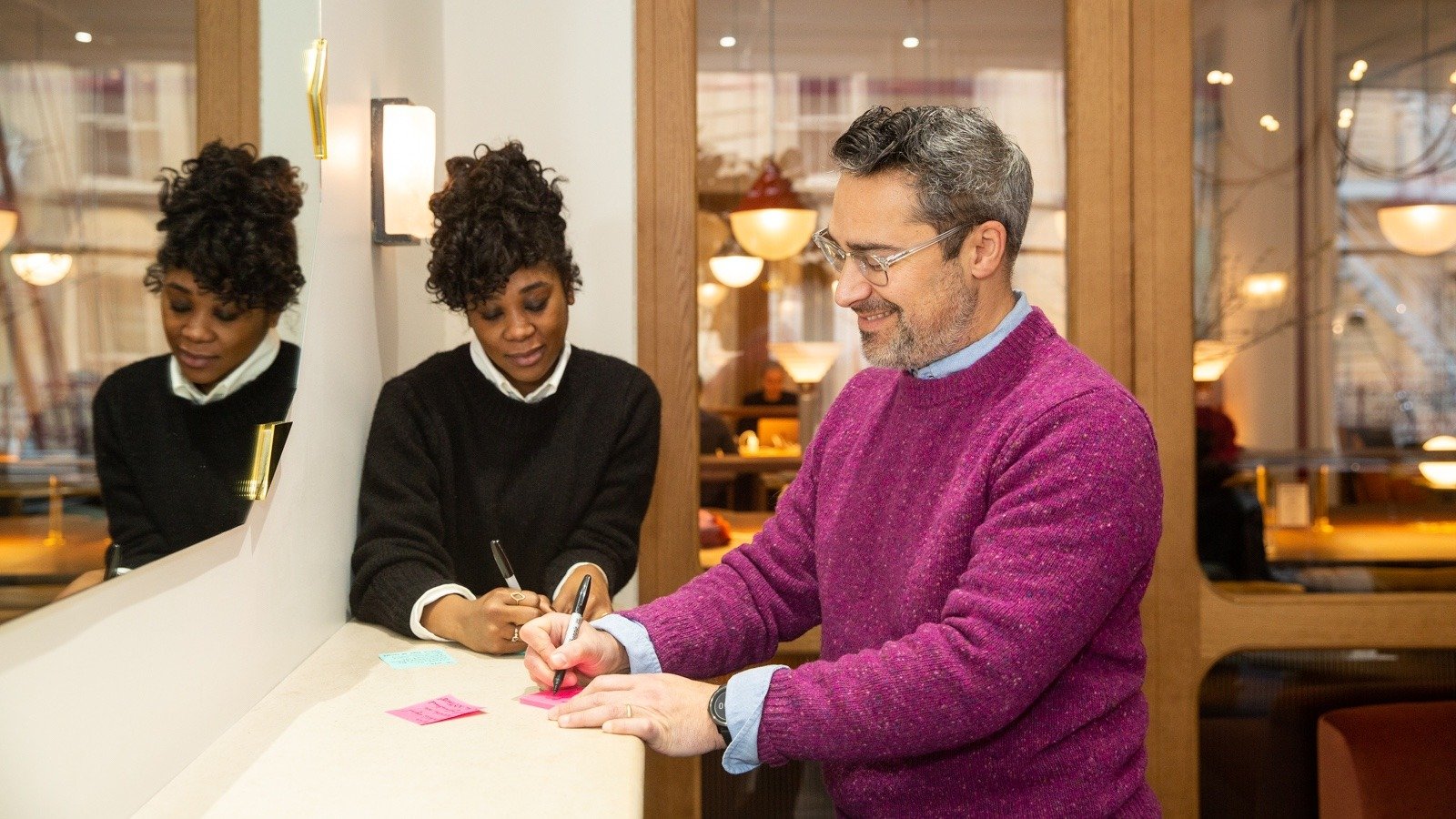Published January 10, 2023 | Updated January 10, 2023 | 4 minute read
When it comes to collaborative decision-making, I’ll just say what many of us have been thinking:
Consensus sucks.
I’m all for including diverse voices and perspectives. But the consensus process itself is inefficient, silencing, and god-awful slow. 😩
In consensus, “No” is the default response to any new decision. Nothing moves forward unless everyone agrees it should.
This sets the bar for convincing risk-averse decision makers to try new ideas or take action incredibly high!
Inertia by default is hardly a suitable model for doing business in today’s world, where agility and responsiveness are crucial to staying competitive.
Yet consensus remains the go-to model for most team decisions.
There’s a better way to include diverse perspectives in group decision-making.
It takes the form of a simple phrase, which starts in the form of a question posed by the decision owner to the group:
Q: Is this decision safe enough to try?
Group participants may answer in one of three ways:
A1: Yes, it’s safe enough to try.
A2: I have some hesitations, but yes, it’s still safe enough to try.
A3: I have a valid objection, so no, it’s not safe enough to try.
I recommend reading the above Q&A script out loud for practice, and sharing it with your team!
“Safe to try” flips the default “no” to a default “yes.” This can unlock collaborative decision-making in a whole new way.
How “safe to try” works
When a group deems a decision “safe to try,” it essentially greenlights the decision to proceed, even if the group couldn’t reach consensus on the decision itself.
“Safe to try” shifts the primary decision goal away from outcomes, and towards learning and progress. The new goal is to try out ideas and learn from them, rather than debating them to death.
In a “safe to try” model, participants must speak up right in the moment. If they can’t produce a valid objection, the decision is considered “safe to try.”
This model empowers groups to move forward within imperfection. It helps them make complex decisions in an iterative way, by approving small steps forward and screening objections through a standard set of criteria.
1. Yes, it’s safe enough to try!
A rubber-stamp safe-to-try decision offers a clear step, action or commitment that helps progress the team towards its objective.
It may have doubtful outcomes, but if it’s easily reversible or changeable down the line, then it’s safe to try.
And if it offers a chance to learn something valuable and new, regardless of outcome, it’s DEFINITELY safe to try!
2. I have some hesitations – but yes, it’s STILL safe enough to try.
Consensus processes often get bogged down in “what-ifs.”
But in a safe-to-try model, doubt is not a sufficient justification for denying a proposed decision.
Here’s the most powerful takeaway phrase of this blog. Say it out loud for practice:
Your hesitation is an important consideration; but it doesn’t mean this decision is not safe to try.
Can you feel the energy lift?
Doubts that can be cleared by this statement include:
This isn’t my top choice.
This proposal doesn’t address an additional issue that I care about.
I’m worried that this decision might cause an issue in the future.
Safe to Try acknowledges these doubts, without giving them veto power.



3. I have a valid objection – this is NOT safe enough to try.
A valid objection is the only thing that can block a decision from moving forward – and as such, it has to meet a high bar. It must meet one of these criteria:
- It presents data that the decision will move the work backwards in the future.
- It demonstrates the likely irreversible harm the decision will cause.
- It makes a compelling case that the decision will move the work backwards right away.
The bar for a valid objection is high on purpose, because in a safe-to-try decision, the goal is to learn new information and keep moving forward, not to secure a flawless outcome.
Use “Safe To Try” In Your Next Group Decision!
When we make a decision collaboratively, it’s usually because we value the wisdom of the group. But consensus doesn’t optimize that wisdom; it stifles it under a wet blanket of mandatory agreement.
“Safe to Try” liberates decisions from the tyranny of unanimity, and frees contributors to voice their hesitations without gumming up the works.
Next time you’re in a group decision moment, give “Safe to Try” a try. You’ll clear up blockages, replace doubt with data, and restore your team’s faith in their shared excellence.








